
OR
Opinion
Poverty and Inequality Devastating South Asia
Published On: January 12, 2023 09:15 AM NPT By: Hari Prasad Shrestha
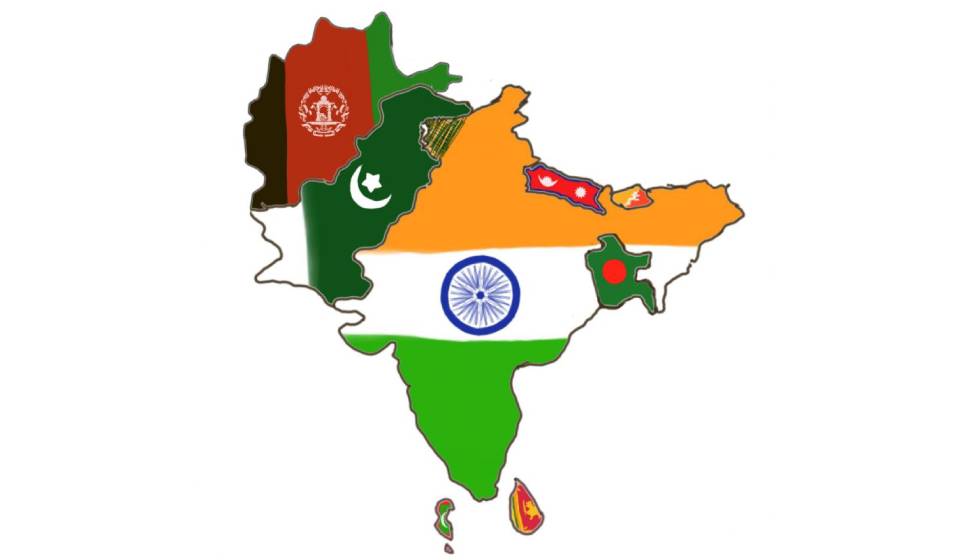
More from Author
- Why Federalism has Become Risky for Nepalese Democracy
- Hunger is a Serious Problem in South Asia
- Tourism Can Be A Catalyst For Change in Karnali Province
- Nepal’s Southern Border Has Become An Open Regional Crossroads
- Opening a new gateway for Kailash Mansarovar Yatra through Nepalgunj-GunshaNagari flight
Poverty and inequality, which almost always go part-and-parcel, are severely striking almost all countries of the South Asian region.
The poverty route of South Asia begins from parallel to the border between Afghanistan and Pakistan and continues across the Himalayas in Kashmir, thereafter proceeding to the vast plain land of the Ganges. It also encircles Nepal and crosses the Bay of Bengal. These are the most poverty-stricken territories of the world after the Sub Saharan region of Africa.
Around half billion people in South Asia are living below abject poverty, conflicts, widespread ill-health and illiteracy. Inequality is defined as the situation in which income and wealth are distributed unequally among the people and poverty focuses on material needs such as food, clothing, shelter, or safe drinking water.
Poverty and inequality, which almost always go part-and-parcel, are severely striking almost all countries of the region. The high level of economic inequality is causing conflict in society. It is destroying social and political stability and structures. And the increase in poverty is running parallel with unemployment, hunger, and higher crime rates.
The major visible causes of poverty are harmful economic systems, conflicts, environmental causes such as drought, climate change, and population growth. The invisible causes are exploitation of weaker and marginalized people in society, poor infrastructures, under-developed social sector and lack of enough social security support.
Similarly, the causes of inequality are non-democratic governance, poor fiscal and financial policies, poor education policies and violence. Poverty itself is a main root of hunger; every year thousands of people are dying across the world due to hunger as they cannot buy food due to poverty.
Income is a major determinant of quality of life, affecting the health and well-being of individuals and families, and varies by social factors such as sex, age, and race or ethnicity. According to Credit Suisse's 2014 study on global inequality levels, the richest one percent of people in the world own more than 48 percent of global wealth.
Approximately 700 million people – or nearly 10 percent of the world’s population – are still living in extreme poverty. In 2021, the World Bank predicted that the number could increase by as many as 150 million by the end of that year due to the effects of the COVID-19 pandemic and climate change.
There are two main measures evaluating poverty: absolute poverty compares income against the amount needed to meet basic personal needs, such as food, clothing, and shelter; relative poverty measures when a person cannot meet a minimum level of living standards, compared to others in the same time and place.
Despite becoming the fifth largest national economy in the world, India continues to have the largest concentration of the world’s poor, estimated at 159.8 million to 192.8 million people in 2020 using the international poverty line of purchasing power parity (PPP) of $2.15 a day, as per a World Bank report. The richer southern states of India are growing 3 percentage points faster than the poorer, more populous northern states.
Nepal has reduced poverty from 49 percent in 1991 to 21 percent in 2016. Despite poverty reduction, it still remains the poorest country in the region. Moreover, Nepal has been encircled by the world’s worst Multidimensional Poverty Index (MPI) and densely-populated border districts of India from three sides and underpopulated poor border counties of Tibet of China in the north.
In Sri Lanka, the per capita consumption of the richest quintile increased by 50 percent, and that of the poorest quintile only by two percent.
In Bangladesh, the rate of poverty reduction exhibits a slowing down trend, which is not compatible with the story of the ‘high’ rate of growth of GDP. At the same time, inequality is mounting at a fast pace. Resources are being concentrated in the pockets of a few at the expense of many.
According to the Afghan government's estimates, 42 percent of Afghanistan's total population lives below the poverty line.The regions in Afghanistan where almost half of the inhabitants are poor are the East, Northeast, and West-Central regions.
Bhutan has reduced the poverty level, backed up by external debts overtaking the GDP. The last decade showed reduction, even compared to global rankings in the rate of poverty reduction where it dropped from 23.2 percent in 2007 to 8.2 in 2017.
At the national poverty line of the Maldives, the poverty rate is 5.4 percent. About 10 percent of individuals in atolls are poor, compared to less than one percent of individuals in Male. As much as 93 percent of the country's poor live in atolls.
In Pakistan, the wealthiest 10 percent of households own 60 percent of household wealth, while the least wealthy 60 percent own just one-tenth of it. Poverty in Pakistan has risen to 35.7 percent.
In South Asia, income inequality, which is apparent in both urban and rural contexts, affects and is affected by many other forms of inequality, such as inequalities of wealth, political power, and social status. The economic gap between developed metropolitan cities and a range of small towns and villages are as stark as the inequality between Europe and remote Sub-Saharan Africa.
As a common problem of the region, millions of homeless people spend their nights at railway platforms, shelters as squatters in the city slums, riverbeds, forests and unused lands as well.
As an effect of globalization and fiscal and financial shortcomings, inequalities in the distribution of national wealth have widened the gap between the rich and poor. The same people who have historically suffered from poverty - persons with disabilities, dalit communities, abandoned children and displaced persons, landless persons or those with very few assets, bonded laborers, illiterate and unemployed populations, among others — have continually been lacking adequate support and services and have been compelled to live in substandard conditions.
It is possible to eradicate extreme poverty within a period of decades, the challenge of inequality, which is often perennial. The developed countries have reduced significant numbers of poor people and middle-income countries have also lowered the numbers of poor people in comparison to the developing and least developed countries.
Altogether, the countries of the South Asia region are enjoying unprecedented economic growth, in most cases exceeding 5 per cent a year for over a decade. Today, South Asia is the world's second fastest growing region, with economic growth contributing to an impressive reduction in poverty.
The region as a whole is reducing poverty rates and the attainment of the Millennium Development Goals (MDGs) in health and education -- universal primary education, gender parity in primary and secondary education, two-thirds reduction in child mortality and three-quarters reduction in maternal mortality.
However, all countries in the region still have to go a long way to reduce poverty and narrow down inequalities in the lower level of society. The policies and programs that support the deprived population are not yet functioning properly and efficiently there.
Agriculture and small-scale industries in the poverty-stricken hotspots areas of the region are in primitive stages, which are a path out of poverty to create and improve access to jobs.
The access to basic social services and basic needs support for the affected population are at less than required average level. The social protection systems and the process to empower poor and marginalized populations are moving below tolerable levels. Altogether ,poverty and inequalities are devastating the South Asian society to an abnormal magnitude.
You May Like This
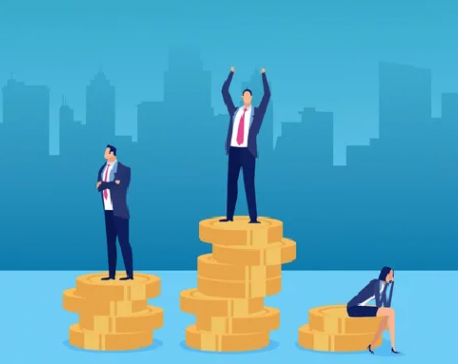
Global Inequality Fueling Global Chaos
The most comprehensive research done on the topic of inequality shows that in the year 1820, the average income of... Read More...
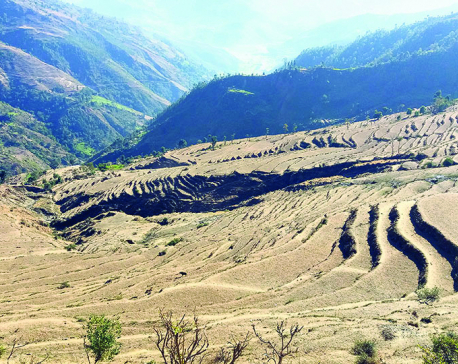
Agriculture and poverty
So long as we fail to retain agricultural workers the much-hyped agenda of poverty alleviation through massive agricultural production will... Read More...
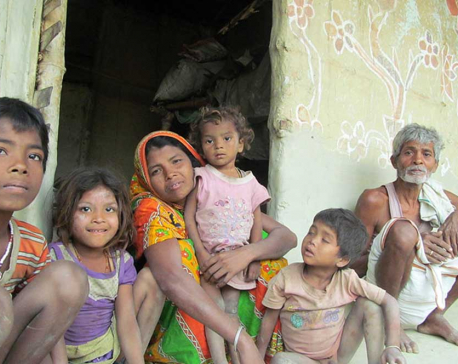
Walking through poverty
The living condition of people in Madhes is no different to how it was some 50 years back. The... Read More...



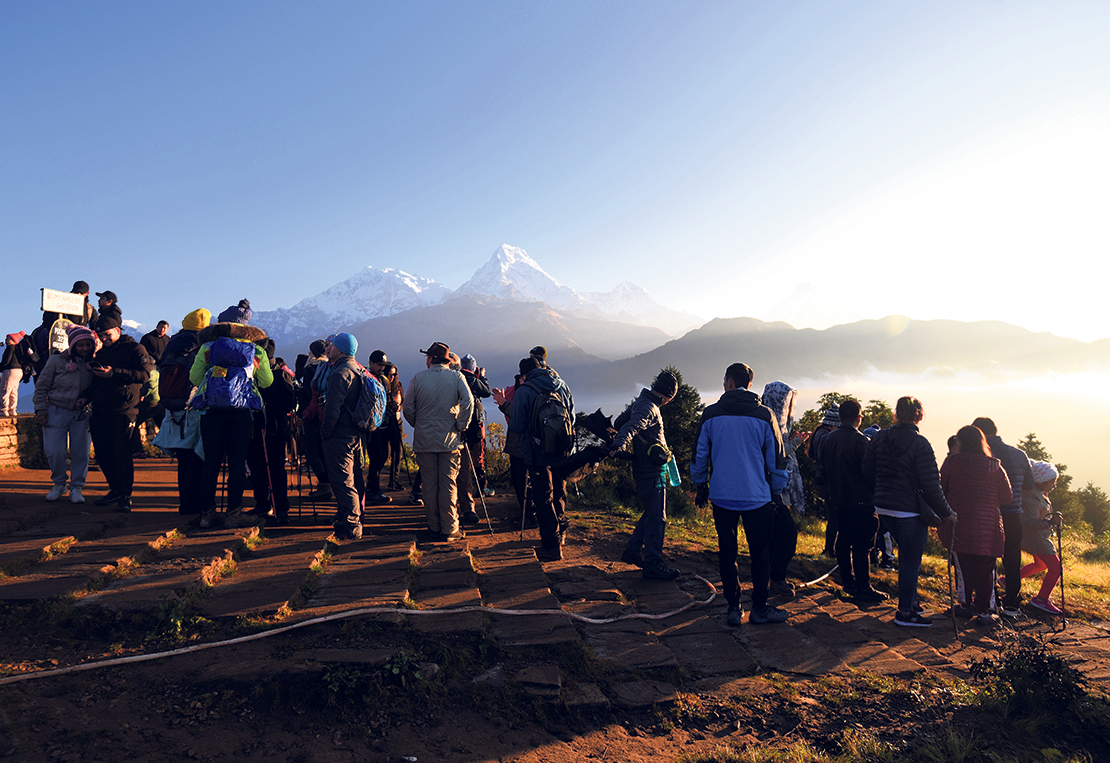
Just In
- WB to take financial management lead for proposed Upper Arun Project
- Power supply to be affected in parts of Kathmandu Valley today as NEA expedites repair works
- Godepani welcomes over 31,000 foreign tourists in a year
- Private sector leads hydropower generation over government
- Weather expected to be mainly fair in most parts of the country today
- 120 snow leopards found in Dolpa, survey result reveals
- India funds a school building construction in Darchula
- Exploring opportunities and Challenges of Increasing Online Transactions in Nepal








_20220508065243.jpg)





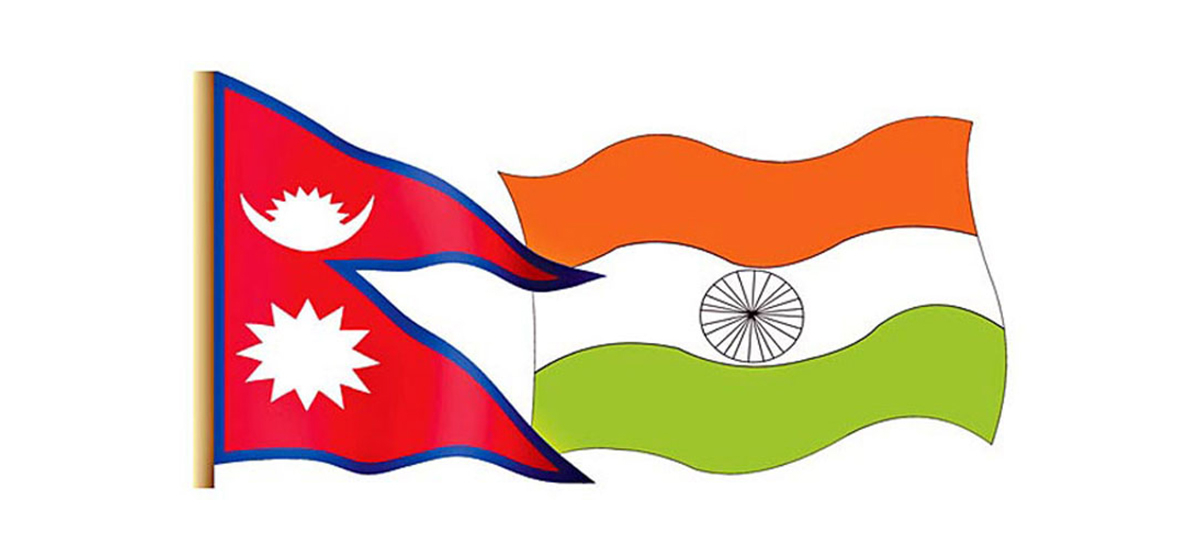

Leave A Comment